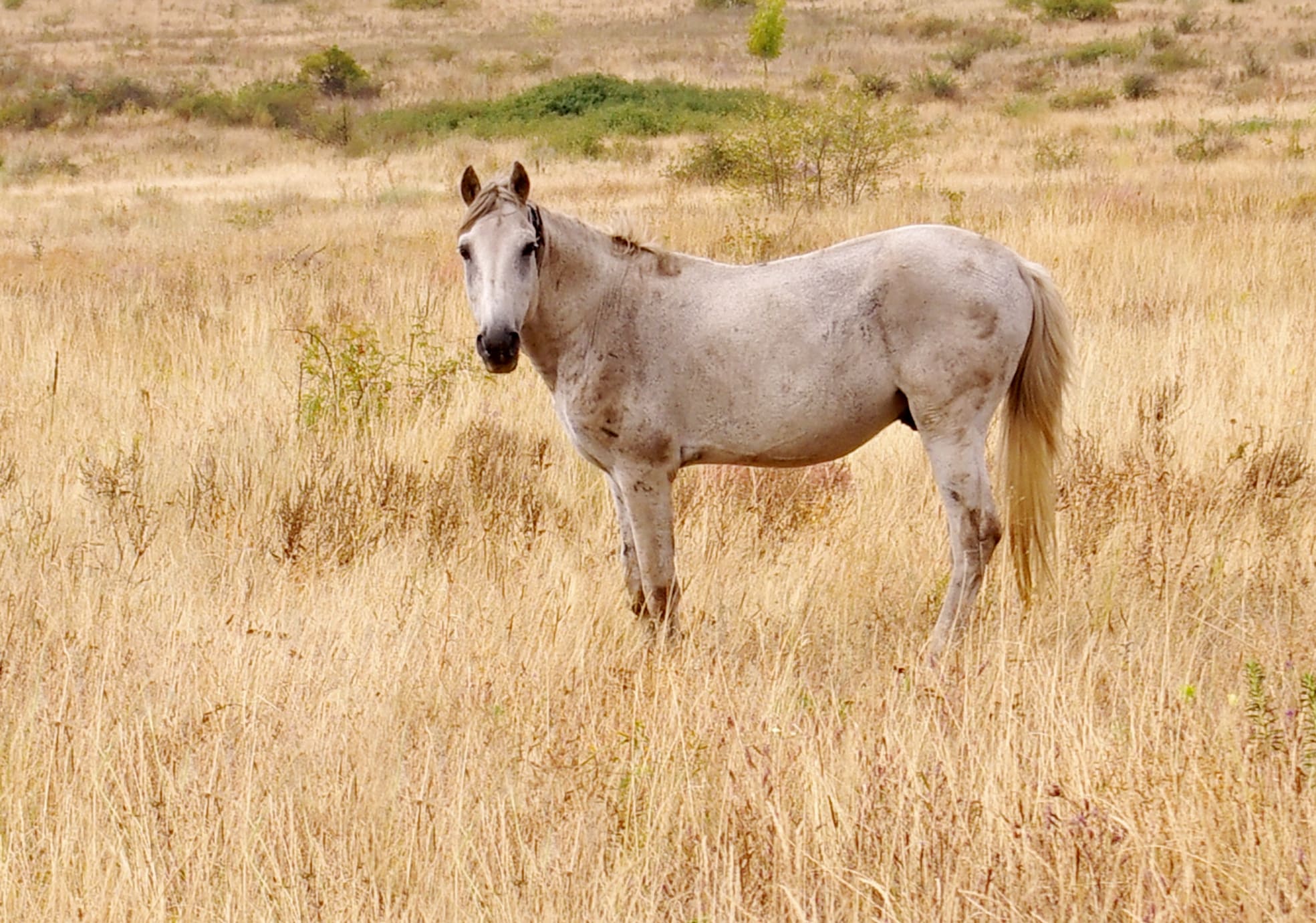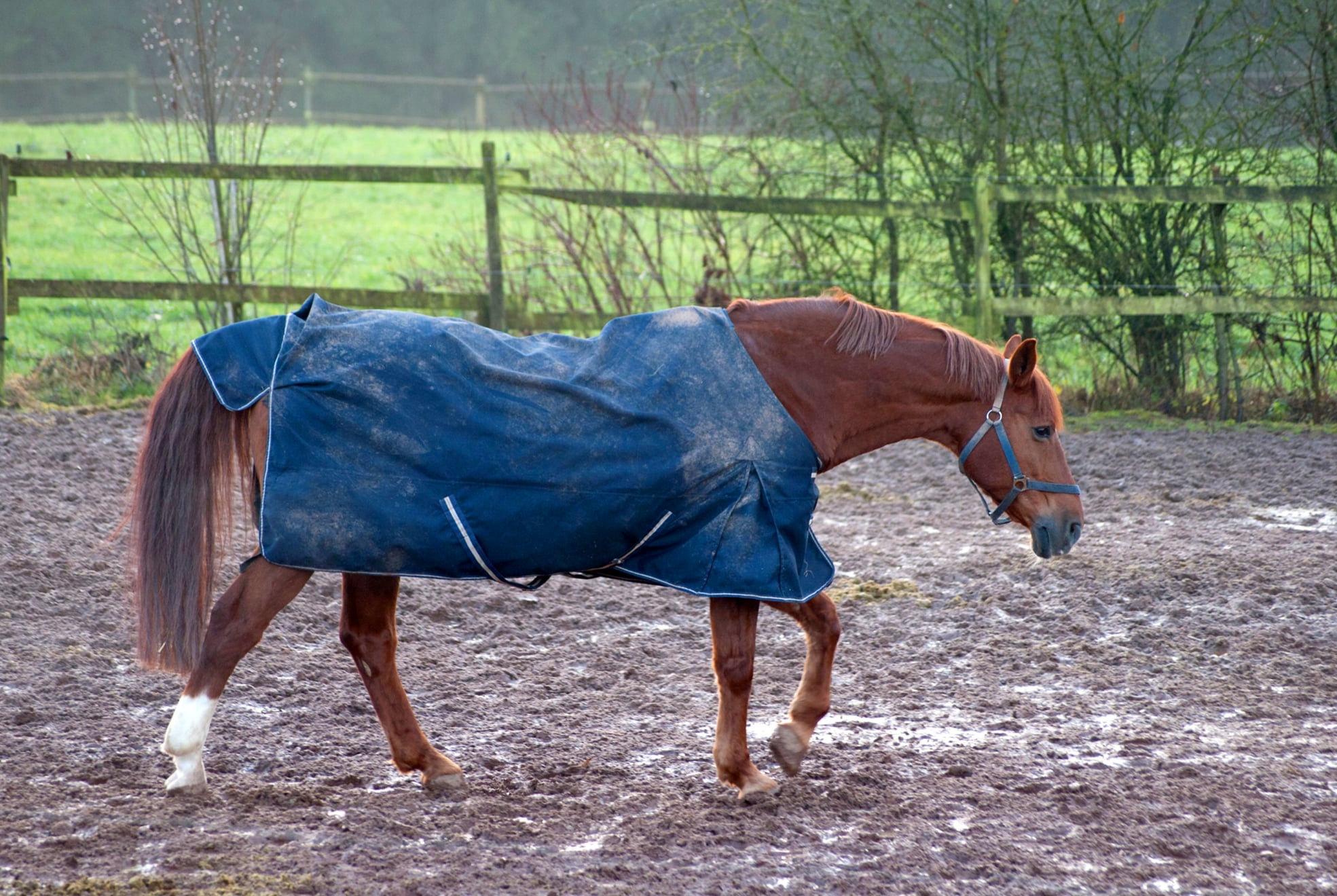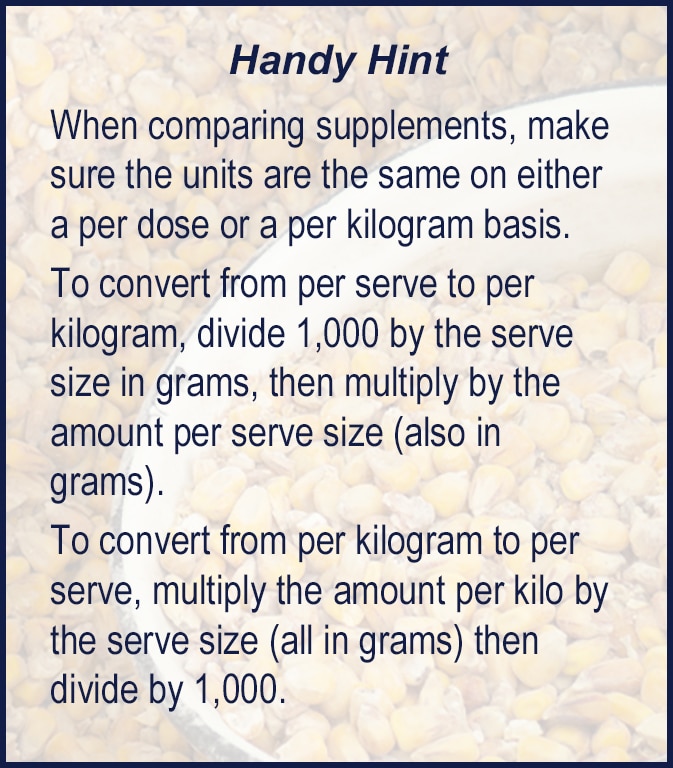
From drought to flooding rains
Feeding horses through the extremes of Australia’s wild weather can be a significant challenge. But there are strategies to help you cope, writes LARISSA BILSTON.
Australia can be a land of extremes. Some regions can be in drought whilst other areas suffer floods. For horse owners, these events create unique challenges to keeping their animals healthy, well fed, and stress-free.
Horses, like many livestock, are creatures of habit. Changes in feed, pasture quality, or water source can lead to digestive upsets, behavioural issues, or even life-threatening conditions like colic or laminitis.
Successfully managing horses through climate extremes demands careful planning, nutritional knowledge, and attention to both physical and mental health.
Life in the dust bowl
During prolonged drought, the biggest challenge is forage – or the lack of it. As pastures dry up hay becomes both scarce and expensive, with transport adding a lot to the cost as hay is trucked hundreds of kilometres to drought-struck regions. Horses, as natural grazers, require continuous intake of forage to keep their digestive systems functioning properly. Without enough fibre in the diet, horses are at risk of developing colic, gut impaction, and ulcers.
To manage during drought, horse owners often turn to alternative fibre sources such as straw, chaff and hay cubes, or superfibres, including beet pulp, lupin and soybean hulls. These can be mixed with hard feeds to help maintain condition when traditional forage is limited. It’s important to introduce any new feed gradually to avoid upsetting the equine gut microbiome.
During prolonged dry periods, the nutritional content of pasture and hay is less than that provided by green pasture, as the vitamin and fat levels decline in cured forages. Horses may suffer from deficiencies in essential vitamins and minerals, especially magnesium, copper, and zinc. A well-balanced vitamin and mineral supplement can help bridge these gaps, supporting hoof strength, coat condition, and immune function.
Vitamins should be supplemented during drought. Vitamin E and thiamine (vitamin B1) are often the first to be in short supply. Depending on workload, a 500 kg horse needs 15,000 to 22,500 IU of vitamin A, 500 to 900 IU of vitamin E, 30 to 60 mg of thiamine (vitamin B1) and 20 mg of riboflavin (vitamin B2). Choose a supplement which contains these levels in every daily serve.
Like vitamins, the omega-3 fatty acids naturally supplied by fresh grass do not store in hay. These naturally anti-inflammatory fats are responsible for balancing the omega-6 oils contained in hay and grains. Omega-3 rich supplements such as fish oil, specific algae powders, chia seeds and linseed (flaxseed) seeds and oils can be used to tip the omega 3:6 ratio back into a balance. Marine sourced forms contain DHA and EPA, and can be fed at lower rates, and may offer additional health benefits over the ALA form of omega-3 produced by plants.
Correct mineral balance and supplementing with the live yeast Saccharomyces cerevisiae can improve feed use efficiency, so that horses get better value out of every mouthful of feed.
The importance of water
Horses need clean, fresh water at all times and will consume around 50 ml of water per kg of bodyweight per day. This means that a 500 kg horse will drink somewhere between 20 and 35 or more litres a day, depending on environmental temperature, workload, amount of sweating and the size of the horse. Horses on green grass drink less because of the natural water content of fresh grass, but hay-reliant horses drink more.
Access to clean, fresh water often becomes another challenge during drought. Dam levels drop and bore or tank water may run out or become contaminated or overly salty. Horses, being sensitive to taste and smell, may refuse to drink water that doesn’t meet their standards. Dehydration can then follow, increasing the risk of impaction colic and heat stress.
Encouraging water intake is crucial. This can involve soaking feeds, ensuring enough salt is fed (remember to take water salinity into consideration) and flavouring the water to make it more palatable. For peace of mind, consider testing water quality when relying on bore water or introducing new water sources.
When the rains come

The arrival of heavy rain after a long dry spell may seem like a blessing – but it brings a different set of risks for horse health. The first flush of green pasture is often rich in sugars and low in fibre, which can cause digestive upset, microbiome disruption, scouring in ponies and horses that are overweight or insulin-resistant, and may trigger metabolic issues and laminitis.
Grazing should be managed carefully during these times. Strategies include using grazing muzzles, rotating pastures, or confining horses to dry lots during peak growth periods. Horses must be reintroduced to lush pasture gradually to give their digestive systems time to adjust. Offer horses a source of dry roughage, preferably grass hay if available, and consider a supplement containing Saccharomyces boulardii to maintain gut health, especially if scouring occurs.
Persistent rainfall also turns paddocks into mud which can contribute to hoof problems such as thrush, abscesses, and soft soles. In addition to feeding a well-formulated mineral supplement ensuring a correct calcium, copper and zinc balance, regular hoof cleaning, proper drainage, and dry shelter are essential to maintain hoof health.
Skin conditions become more common during wet weather. Mud fever (also known as greasy heel) is a bacterial infection that thrives in damp conditions, often affecting the skin on the legs. Prevention involves keeping legs dry, clipping excess hair, and applying topical antibacterial or antifungal washes and creams. Mud fever is a common symptom in horses suffering with severe photosensitivity caused by mycotoxin contamination, which can flag the risk of larger health issues.
Fungi love growing in wet conditions and unfortunately this includes the fungi that grow on grass, grass seeds, hay, silage, grains and stored horse feeds, producing harmful and invisible mycotoxins. Horse health, welfare, and physical performance can be severely impacted by eating mycotoxin-contaminated food and pasture. After ingestion, mycotoxins interfere with gastrointestinal function, disrupting the gut lining and the microflora of the digestive tract before being absorbed into the bloodstream where they can impact on many organs, sometimes causing permanent damage.
Because there are many types of mycotoxins which can act on many organs, symptoms can vary widely and may include any of the following:
- Itchy skin
- Head flicking or uncharacteristic spookiness
- Unpredictable or naughty behaviour
- ‘Sunburn’ or photosensitivity
- Greasy heel or summer mud fever
- Lethargy
- Dull coat or patchy hair growth
- Cough or runny noses
- Muscle tightness or swollen lower limbs
- Shuffling gait or lameness
- Ill-thriftiness despite good feed.
Symptom severity depends on the type and amount of toxin present and the individual’s immunity or tolerance to mycotoxins. It is not unusual for one horse in a paddock to be much more affected than others on identical feeds.
Feeding through flood conditions
Flooding can disrupt feed supply chains and damage stored feed, leading to sudden shortages. Without access to roads, farms can be cut off from deliveries of hay and supplements. In flood-prone areas, planning ahead is critical. This means storing extra feed in waterproof, elevated containers, using flood-safe sheds, and monitoring stock levels closely.
Feed spoilage due to water exposure can result in mould or mycotoxin contamination. Horses should never be fed damp or mouldy hay, as it poses a serious risk of respiratory and digestive illness.
In the aftermath of floods, horses may require additional electrolytes to support hydration, especially if they have been stressed or exerted during evacuations or prolonged standing in wet conditions. Gastrointestinal support in the form of prebiotics and probiotics may also help to stabilise the gut after stressful events.
Managing stress and supporting Immunity
Extreme weather isn’t just tough on feed – it’s tough on horses’ minds and bodies. Stress can suppress immunity, lead to ulcers, and cause changed herd dynamics. Try to keep feeding routines as stable as possible, offer plenty of forage, and consider gastric supplements during periods of stress. For highly anxious horses, calming supplements or even veterinary support may be necessary.
Vaccination and worming schedules should never be skipped, especially in wet conditions when parasite loads increase. Standing water is also a breeding ground for mosquitoes, so protection against mosquito-borne diseases like Ross River virus should be considered. Antioxidant supplements can help offset the problems caused by physiological stress.
Community and preparedness
The equine community often rallies during natural disasters, providing feed donations, float assistance, and emergency shelter. However, individual preparedness is the most effective form of risk reduction.
Every horse property should have an emergency plan, including evacuation routes, feed storage strategies, and backup water supplies. Keeping health records accessible and having portable feed and medical kits ready can save precious time when responding to a crisis. Investing in good infrastructure, such as elevated feed sheds, secure fencing, and all-weather paddock shelters, can also reduce the impact of extreme conditions. Planning and preparation allow horse owners to respond quickly and effectively when the weather turns.
Larissa Bilston, BAgrSc (Hons) is the Equine Nutritionist for Farmalogic.



